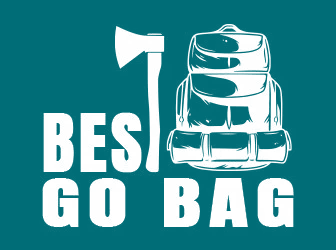One of the biggest money problems people have is separating their wants from their needs. It can be tricky sometimes. And something that is a need for one person might be a want for another.
Can you think of anything that might have been a want in the past but now is a need? There are probably a number of them, but the one that stands out in my mind is survival food.
Back in the day, only a small percentage of Americans took the time and effort to assemble a survival food stockpile. But the past few years have served as the poster child for preparedness.
A global pandemic, highly destructive weather, wildfires, food supply-chain disruptions and power outages have all conspired to make stockpiling survival food a no-brainer.
And it just makes sense to include food insurance in our plans for the future, right? We do what we can to keep ourselves, our families and our property safe. Including locking car doors and house doors.
Acquiring and storing a significant amount of survival food to access in an emergency is just as important when it comes to keeping yourself and your family safe.
Aim for at least 3 months
Today I want to remind you of the wide variety of reasons why it’s a good idea to have plenty of survival food on hand.
At an absolute minimum, we should each have 72 hours’ worth of food we can consume during or following a crisis. After all, anything is better than nothing.
But many emergencies last longer than three days. The American Red Cross says a two-week supply is the way to go. In reality, we should be aiming for at least three months’ worth.
Following a disaster, there’s no telling how long the food supply chain could be negatively affected. It’s far better to be safe than sorry.
COVID-19 emptied shelves
Ever since early 2020, many of us have seen empty or nearly empty shelves in our supermarkets at various times.
COVID-19 sickened many food workers around the country. Especially in meat-packing plants. This slowed deliveries and caused shortages.
Many stores started rationing a variety of items. But even with a one-per-customer limit for some items, they were gone when we went to reach for them.
And even when more supplies started coming in, some of us were hesitant to venture out to crowded stores. Those who had survival food in their pantries didn’t have to worry.
Extreme weather destroyed crops
The last several years have also seen more than their share of extreme weather events. Including record-breaking numbers of hurricanes.
Also causing serious problems have been tornadoes and flooding. Plus wildfires, snowstorms and even derechos. Many people lost electrical power or had to evacuate as a result.
Some of those weather events destroyed crops. Others made driving to grocery stores impossible. Many people were caught out on roads when the weather turned bad.
Those who had made it a point to stockpile survival food to keep at home and in their cars were able to deal with the issues much more easily than others.
Preparing for the future
Medical experts believe we’re going to be dealing with the coronavirus for a long time. Weather experts tell us storms will become both more frequent and more destructive.
Environmentalists predict that wildfires will occur more frequently. And scorch larger areas of land.
Not to mention cyber and physical threats from our enemies that could disrupt our power and food supply chains.
The future may not look pretty. But to a certain extent, we can control our own fate. Preparing for problems with survival food is one of the best ways to keep ourselves free, self-reliant and safe. No matter what happens.


